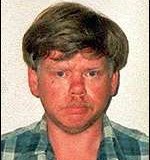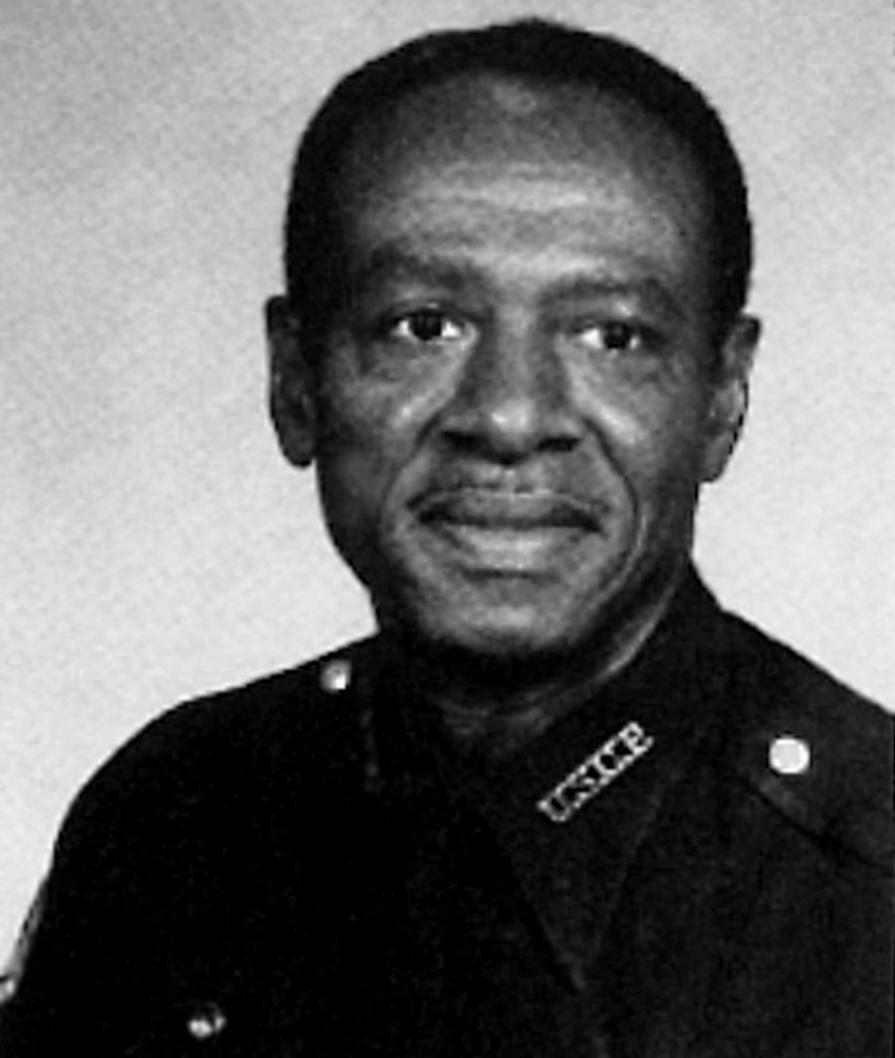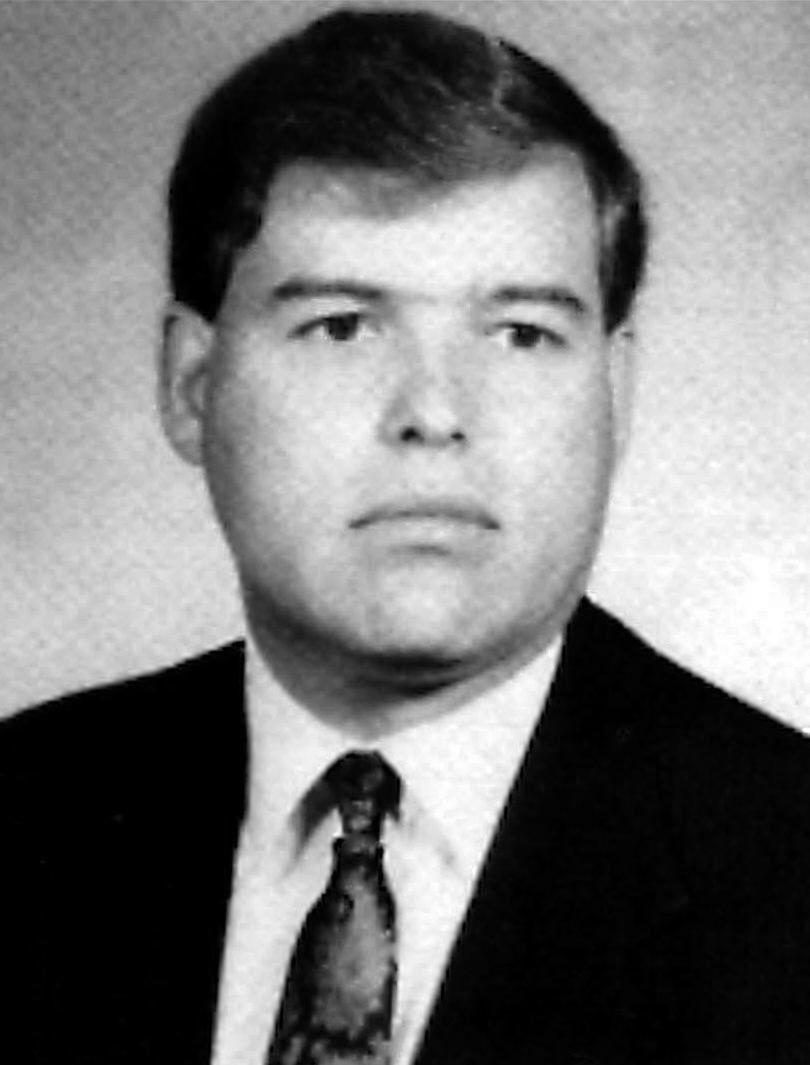
b: 1956
Russell Eugene Weston Jr.
Summary
Name:
Nickname:
RustyYears Active:
1998Birth:
December 28, 1956Status:
ImprisonedClass:
MurdererVictims:
2Method:
ShootingNationality:
USA
b: 1956
Russell Eugene Weston Jr.
Summary: Murderer
Name:
Russell Eugene Weston Jr.Nickname:
RustyStatus:
ImprisonedVictims:
2Method:
ShootingNationality:
USABirth:
December 28, 1956Years Active:
1998bio
Russell Eugene Weston Jr. was born on December 28, 1956. He grew up in Valmeyer, Illinois, a small town with about 900 residents. Weston graduated from Valmeyer High School in 1974. After graduating, he moved to Rimini, Montana. He rarely returned to his hometown after that.
In Montana, many of Weston's neighbors found him unusual and often ignored him. They saw him as eccentric. Weston had some strange beliefs. For example, he thought a neighbor was using a satellite dish to spy on him. He also believed that Navy SEALs were hiding in his cornfield.
Weston was diagnosed with paranoid schizophrenia six years before the Capitol shooting. He spent fifty-three days in a mental hospital after threatening a Montanan. He was released after doctors determined he was not a danger to himself or others.
In July 1996, Weston took a trip to visit the Central Intelligence Agency headquarters in McLean, Virginia. He claimed he had important information for the CIA and referred to himself as "The Moon." He was interviewed for about 50 minutes and then left the facility.
Eighteen months before the shooting, Weston moved back to Valmeyer from Montana. Upon returning, he frequently chopped down trees in his backyard. This was after the Mississippi River floods in 1993. There were so many fallen trees that his father had to ask him to stop cutting them down.
Two days before the Capitol shooting, Weston shot and killed 14 cats at his grandmother's request. He left some animals in a bucket and buried the rest. This incident raised concerns among the people around him.
murder story
On July 24, 1998, Russell Eugene Weston Jr. entered the United States Capitol armed with a .38 caliber Smith & Wesson revolver. At 3:40 p.m., Officer Jacob Chestnut and a civilian security aide were operating the X-ray machine and magnetometer at the Document Door entrance. Officer Chestnut was directing a tourist and his son when Weston set off the metal detector alarm. Chestnut asked Weston to walk back through the detector. Suddenly, Weston pulled out his gun and shot Chestnut in the back of the head at point-blank range.

Nearby, Officer Douglas McMillan heard the gunfire. He was retrieving keys for a wheelchair when Weston shot Chestnut. McMillan immediately returned fire at Weston. In the chaos, Weston shot at McMillan, injuring him. Weston then fled and entered a nearby door, which led to offices used by senior Republican representatives.
Detective John Gibson, who was in plain clothes and protecting Congressman Tom DeLay at the time, heard the shooting. He quickly told the office staff to hide under their desks. Weston entered the office and shot Gibson. Despite being mortally wounded, Gibson returned fire and shot Weston four times. Other officers soon arrived and arrested Weston.

After the shooting, Officer Chestnut died at George Washington University Hospital. Detective Gibson later died during surgery at MedStar Washington Hospital Center. A third person, Angela Dickerson, a tourist, was injured by shrapnel from the walls during the gunfire.
In the aftermath of the shooting, Weston was found incompetent to stand trial due to his mental illness. He had a history of schizophrenia and had previously threatened a Montana resident. A federal judge ordered that he be treated with antipsychotic medication without his consent.
Weston remained in a psychiatric institution, unable to stand trial. Over the years, there were efforts to assess his mental status, but he was deemed unfit for release each time. Memorials were held for the fallen officers, and the door Weston used to enter the Capitol was renamed the Chestnut-Gibson Memorial Door in their honor. The Capitol Police Memorial Fund was also created to support the families of those killed.